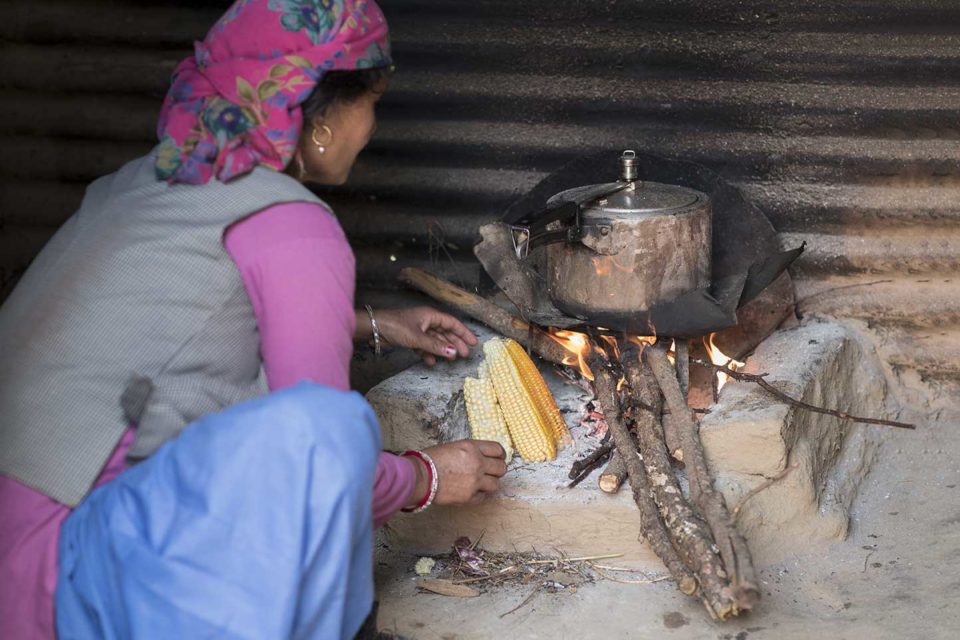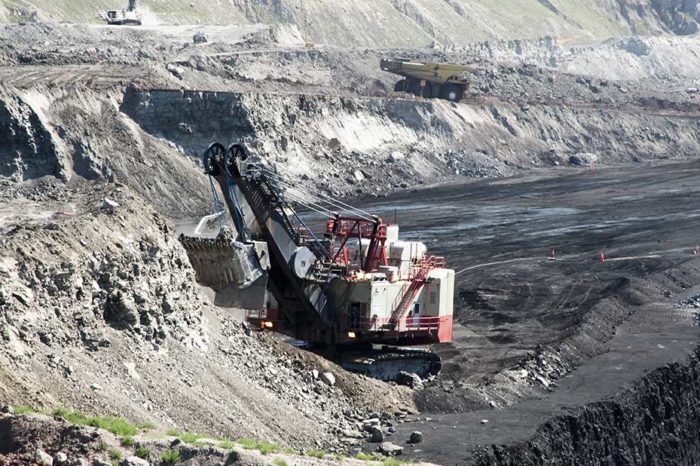Building Prosperity with Coal in the 21st Century

By Paul Baruya and Stephanie Metzger, IEA Clean Coal Centre
In an increasingly carbon-constrained world, it is easy to overlook the positive contributions that modern coal activities make to today’s society. This is predominantly the case in the developing world, yet these impacts often go undetected by the media in the West. A lack of access to energy services is a barrier to tackling many aspects of poverty, including improving health and education outcomes, productivity and economic development. Worldwide, one billion people still suffer from energy poverty due to a lack of access to electricity.1 New energy investment must reflect local conditions, and it is no coincidence that countries afflicted by energy poverty have turned to coal-fired power. Furthermore, Western governments must not lose sight of the commitments they made to meet the Sustainable Development Goals (SDGs) to build better livelihoods for the world’s poorest (see Figure 1). This means recognizing the role of coal as a dependable and affordable source of electricity.

Figure 1. United Nations Sustainable Development Goals – Poverty Infographic
Source: https://wwww.un.org/sustainable development/
Affordable Energy – The Critical Feature for Developing Countries
In low- and middle-income economies, rising energy costs are a significant drag on industrialization. The leading obstacle to business in low-income countries is the reliable supply of electricity, followed by access to finance (see Figure 2). Even in advanced economies like the U.S., states with larger heavy-industry sectors are sensitive to rising energy prices which negatively affect economic output and employment. Studies suggest that between 1976-2007, a 4 percent rise in (real) electricity prices led to a loss of almost half a million jobs in the U.S. Similar evidence exists for China, Mexico and Turkey. All but nine countries of the 147 in the IEA energy database had power sectors dependent upon non-intermittent sources of generation that provided at least 80 percent of their annual generation (as of 2018).

Figure 2. Obstacles to Business in Low-Income Countries Source: World Bank Enterprise Survey 2013
In Southeast Asia, more than 300 GW of new coal-fired generating capacity is being planned or built to keep pace with the demands of rapid urbanization and industrialization. Modern coal plants today provide the most affordable yet flexible form of power generation and reduce the region’s past overdependence on oil, gas and hydro power. This trend also follows the Chinese model of power sector development which helped pull more than 850 million people out of poverty since 1981 and slashed the percentage of people living in extreme poverty from 88 percent to <2 percent. Coal-fired power remains central to China’s energy economy and as of 2018, accounted for 60 percent of power generation.
In India, out-of-date power capacity coupled with poor maintenance regimes and a weak grid has proven costly to local business. Electricity outages led to $1.5 billion/year of losses to small and medium enterprises (Baruya, 2019), costs that such businesses can ill afford. To help stem these unsustainable costs, India’s largest private power producer, Reliance, developed the modern
4GW Sasan power plant in eastern Madhya Pradesh. In a nation blighted by poverty and a meager per capita electricity consumption of 947 kWh in comparison to the G7 average of 9,685 kWh, the impact of such a project can be positively life changing. Sasan is estimated to bring power to 17 million people and allow 22 million to access safe water supplies (see Figure 3). This impact is equivalent to changing the lives of a megacity with the population of Los Angeles. During the construction phase, the Sasan project also employed 21,000 people while a further 20,000 jobs were created indirectly.

Figure 4. Socio-Economic Impacts of Medupi Power Plant, South Africa
Source: The Economic and Strategic Value of Coal, presentation by Paul Baruya, June 2019, Clean Coal Technologies conference
In South Africa, the role of coal also appears significant over the long term. Half the population still lives below the poverty line and unemployment runs close to 30 percent, with youth unemployment close to 60 percent. Per capita gross national income is less than a 10th of that of the U.S. and South Africa suffers from regular power blackouts. In 2005, the government mandated that the state utility, Eskom, adopt an energy strategy that puts reliability and affordability at the heart of its investment program. By 2007, Eskom began construction of the 4,800 MW Medupi plant, the world’s fourth largest coal-fired plant, which combines super-critical technology with water-saving cooling systems4 (see Figure 4).

Figure 3. Socioeconomic Impacts of a Large Power Plant in India
Source: “The Economic and Strategic Value of Coal,”IEA Clean Coal Centre, 2019
During construction, the local economy expanded by 95 percent per year (Baruya, 2019). At its peak, 18,000 construction and engineering jobs were created. The power project also led to the funding and construction of community facilities such as childcare centers, local health care clinics, improved primary school education, and the provision of nutritious meals to tens of thousands of children.
Coal remains deeply embedded within the South African economy, accounting for 80 percent of power generation. In 2017, the coal industry alone employed more than 82,000 people. Transport, power generation and transmission expand this employment level to 130,000. The coal industry has also seen a phenomenal transformation in the post-apartheid era with the emergence of the Black Economic Empowerment (BEE) program. This scheme placed mine operations under the control of black-owned corporations. Mining for all minerals now contributes 7 percent of GDP and employs 450,000 people.
Modern Coal Technology is Part of the Clean Energy Solution
Western governments must shoulder some responsibility to assist developing countries in meeting clean energy goals, whether by demonstrating climate leadership or commitment to the plethora of SDGs.5 When providing funding and assistance, the local context, resources and goals of the developing country should be prioritized. In some cases, coal power may be an appropriate way to meet SDG7 (clean energy) and expand energy access, provided advanced and cleaner technology is used. Modern coal plants perform without emitting harmful levels
of SOx, PM2.5 and NOx, thus reducing the risks to air quality and community health. Furthermore, strong supportive measures, such as financing, must be in place to offset risks associated with fledgling technologies such as carbon capture and storage/utilization (CCS/CCUS).
The U.S. has taken the lead in this respect through the 45Q tax credit, although progress is lagging due to market-led competition from gas and renewable in markets traditionally dominated by coal. Elsewhere, China, Japan and India, and international companies such as GE, continue to develop more advanced coal power technologies, offering new solutions for power plant development.
Implications for Future Energy Policy
- Modern coal investments must be considered for their broader economic impact and employment creation, but should also include additional provision for better community support, education and health schemes for the project to proceed.
- Western governments and financial institutions should not dismiss assistance to modern and advanced coal technology based on the fuel type alone, but selectively assist clean and advanced coal solutions if the project achieves wider social, community and economic benefits.
Paul Baruya B.Eng, MSc (DIC) is a senior analyst and Stephanie Metzger M.Phil is a junior analyst at the IEA Clean Coal Centre. This article is based on a report by Paul Baruya for the IEA Clean Coal Centre entitled: The Economic and Strategic Value of Coal, available at https://www. iea-coal.org/report-the-economic-and-strategic-value-of-coal-paul-baruya/.
The IEA Clean Coal Centre (UK) is a Technology Collaboration Programme of the IEA (France).








